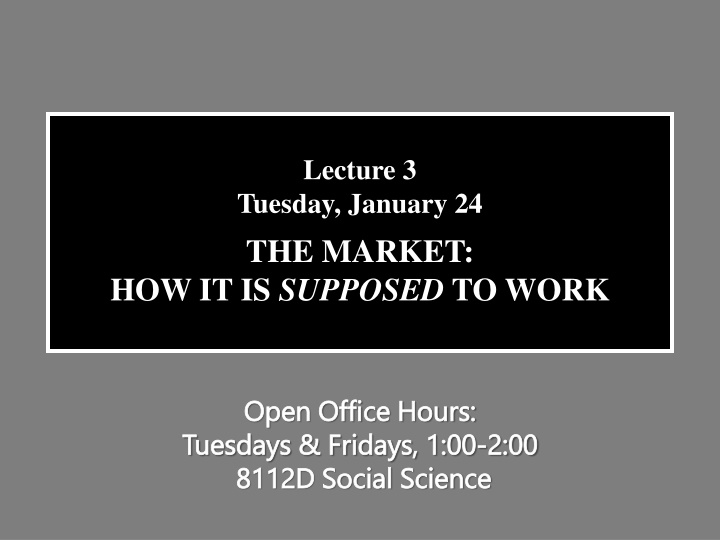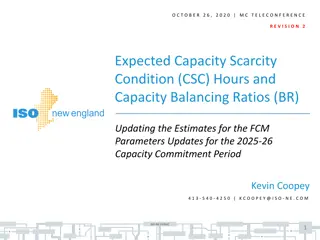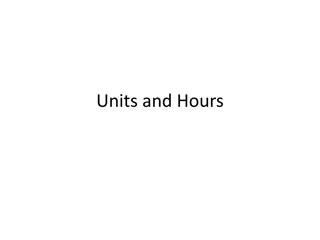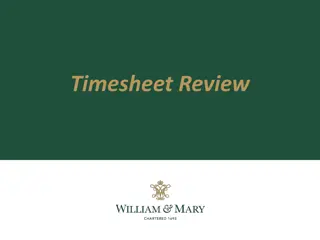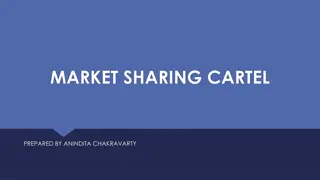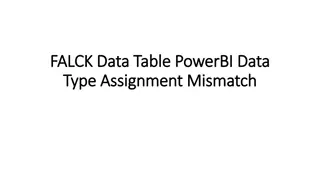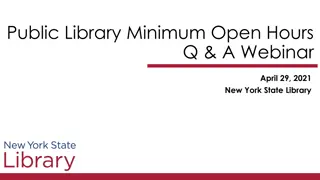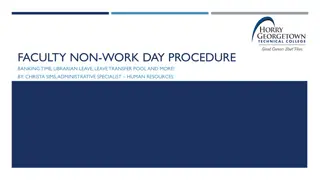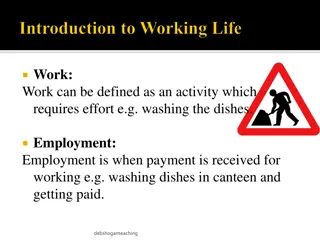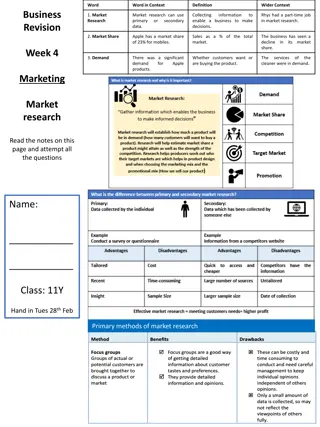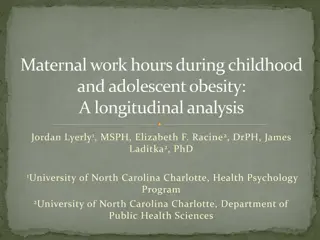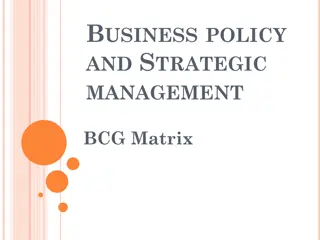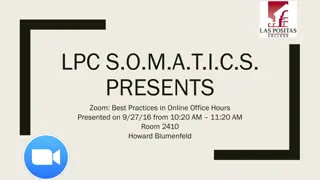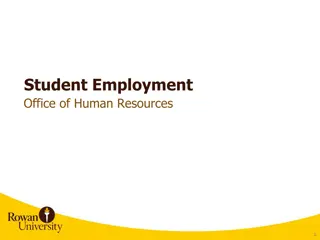The Market: How It Is Supposed to Work - Open Office Hours
The concept of the market and how it functions in society. Join us for open office hours on Tuesdays and Fridays in 8112D Social Science from 1:00 to 2:00."
Download Presentation

Please find below an Image/Link to download the presentation.
The content on the website is provided AS IS for your information and personal use only. It may not be sold, licensed, or shared on other websites without obtaining consent from the author.If you encounter any issues during the download, it is possible that the publisher has removed the file from their server.
You are allowed to download the files provided on this website for personal or commercial use, subject to the condition that they are used lawfully. All files are the property of their respective owners.
The content on the website is provided AS IS for your information and personal use only. It may not be sold, licensed, or shared on other websites without obtaining consent from the author.
E N D
Presentation Transcript
Lecture 3 Tuesday, January 24 THE MARKET: HOW IT IS SUPPOSED TO WORK Open Office Hours: Open Office Hours: Tuesdays & Fridays, 1:00 Tuesdays & Fridays, 1:00- -2:00 8112D Social Science 8112D Social Science 2:00
I. THE OVERALL ARGUMENT ABOUT CAPITALISM & MARKETS Markets are a desirable feature of complex economies for two basic reasons: 1) Markets can contribute in significant ways to efficiency and prosperity, and 2) Market exchanges can contribute to individual freedom. However: 3) The unregulated free market with minimal government intervention ends up deeply limiting individual freedom, restricting prosperity and undermining efficiency. Conclusion: 4) What we need are democratically accountable marketinstitutions.
I. THE OVERALL ARGUMENT ABOUT CAPITALISM & MARKETS Markets are a desirable feature of complex economies for two basic reasons: 1) Markets can contribute in significant ways to efficiency and prosperity, and 2) Market exchanges can contribute to individual freedom. However: 3) The unregulated free market with minimal government intervention ends up deeply limiting individual freedom, restricting prosperity and undermining efficiency. Conclusion: 4) What we need are democratically accountable marketinstitutions.
I. THE OVERALL ARGUMENT ABOUT CAPITALISM & MARKETS Markets are a desirable feature of complex economies for two basic reasons: 1) Markets can contribute in significant ways to efficiency and prosperity, and 2) Market exchanges can contribute to individual freedom. However: 3) The unregulated free market with minimal government intervention ends up deeply limiting individual freedom, restricting prosperity and undermining efficiency. Conclusion: 4) What we need are democratically accountable marketinstitutions.
I. THE OVERALL ARGUMENT ABOUT CAPITALISM & MARKETS Markets are a desirable feature of complex economies for two basic reasons: 1) Markets can contribute in significant ways to efficiency and prosperity, and 2) Market exchanges can contribute to individual freedom. However: 3) The unregulated free market with minimal government intervention ends up deeply limiting individual freedom, restricting prosperity and undermining efficiency. Conclusion: 4) What we need are democratically accountable marketinstitutions.
II. WHAT IS CAPITALISM? 1. Capitalism is only one way among many of organizing economies 2. Definition. Capitalism is not just a free market economy. It is a market economy with two other critical elements: (i) Economic enterprises are owned privately, not by the state or by communities or by the workers. (ii) The labor that is used to produce goods and services in those enterprises is obtained through voluntary market exchange: the labor market. U.S. economy is 3. The U.S. economy is NOT pure capitalism; it contains many noncapitalist economic activities and organizations.
II. WHAT IS CAPITALISM? 1. Capitalism is only one way among many of organizing economies 2. Definition. Capitalism is not just a free market economy. It is a market economy with two other critical elements: (i) Economic enterprises are owned privately, not by the state or by communities or by the workers. (ii) The labor that is used to produce goods and services in those enterprises is obtained through voluntary market exchange: the labor market. U.S. economy is 3. The U.S. economy is NOT pure capitalism; it contains many noncapitalist economic activities and organizations.
II. WHAT IS CAPITALISM? 1. Capitalism is only one way among many of organizing economies 2. Definition. Capitalism is not just a free market economy. It is a market economy with two other critical elements: (i) Economic enterprises are owned privately, not by the state or by communities or by the workers. (ii) The labor that is used to produce goods and services in those enterprises is obtained through voluntary market exchange: the labor market. U.S. economy is 3. The U.S. economy is NOT pure capitalism; it contains many noncapitalist economic activities and organizations.
II. WHAT IS CAPITALISM? 1. Capitalism is only one way among many of organizing economies 2. Definition. Capitalism is not just a free market economy. It is a market economy with two other critical elements: (i) Economic enterprises are owned privately, not by the state or by communities or by the workers. (ii) The labor that is used to produce goods and services in those enterprises is obtained through voluntary market exchange: the labor market. U.S. economy is 3. The U.S. economy is NOT pure capitalism; it contains many noncapitalist economic activities and organizations.
Question: Are there goods and services which you think should NOT be produced and distributed by free markets?
III. TWO PRIMARY ARGUMENTS IN DEFENSE OF CAPITALIST MARKETS 1. MORAL ARGUMENT: capitalist markets promote freedom 2. PRAGMATIC ARGUMENT: capitalist markets promote efficiency & prosperity.
III. TWO PRIMARY ARGUMENTS IN DEFENSE OF CAPITALIST MARKETS 1. MORAL ARGUMENT: capitalist markets promote freedom 2. PRAGMATIC ARGUMENT: capitalist markets promote efficiency & prosperity.
III. TWO PRIMARY ARGUMENTS IN DEFENSE OF CAPITALIST MARKETS 1. MORAL ARGUMENT: capitalist markets promote freedom 2. PRAGMATIC ARGUMENT: capitalist markets promote efficiency & prosperity.
The moral argument: Markets promote individual freedom since in a free market all transactions are the result of voluntary agreements no one is forced to do anything. Freedom here = negative freedom
The pragmatic argument: The central problem needing a solution = cooperation & coordinationin a complex world Two basic solutions: 1. Planning and command 2. Markets and voluntary exchange
How do markets solve the problem? Adam Smith s invisible hand : An individual who intends only his own gain is led by an invisible hand to promote an end which was no part of his intention. Nor is it always the worse for the society that it was no part of it. By pursuing his own interest he frequently promotes that of the society more effectively than when he really intends to promote it.
How do markets solve the problem? Adam Smith s invisible hand (Wealth of Nations, 1776): An individual who intends only his own gain is led by an invisible hand to promote an end which was no part of his intention. Nor is it always the worse for the society that it was no part of it. By pursuing his own interest he frequently promotes that of the society more effectively than when he really intends to promote it.
Key mechanisms that do the solving: Supply & demand + prices Coordination through information and incentives generated by prices. Implication: Consumer Sovereignty and allocative efficiency
Key mechanisms that do the solving: Supply & demand + prices Coordination through information and incentives generated by prices. Implication: Consumer Sovereignty and allocative efficiency
Key mechanisms that do the solving: Supply & demand + prices Coordination through information and incentives generated by prices. Implication: Consumer Sovereignty and allocative efficiency
Key mechanisms that do the solving: Supply & demand + prices Coordination through information and incentives generated by prices. Implication: Consumer Sovereignty and allocative efficiency
The Technical idea of allocative efficiency: Pareto Optimality Optimality = the best possible outcome of a process Pareto Optimality = a distribution of things such that no one can be made better off without someone becoming worse off. Pareto suboptimality = a situation in which by redistributing things at least one person could be made better off without anyone becoming worse off. Basic claim about markets: free markets generate Pareto optimality of distributions of things exchanged on the market
Two Kinds of Efficiency in Markets 1. Allocative Efficiency: the distribution of things is Pareto optimal 2. Dynamic Efficiency: optimal innovation and growth through incentives for risk taking
IV. The Market & Limited Government Two core arguments against state interference with the market: 1. Moral argument: state coercion inherently reduces freedom, therefore limited government rather than an affirmative state 2. Pragmatic argument: state incompetence & state malevolence
IV. The Market & Limited Government Two core arguments against state interference with the market: 1. Moral argument: state coercion inherently reduces freedom, therefore limited government rather than an affirmative state 2. Pragmatic argument: state incompetence & state malevolence
